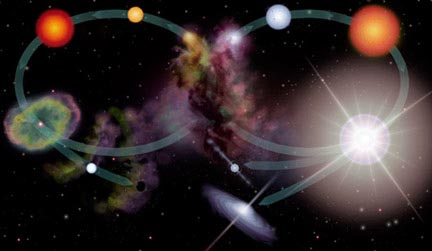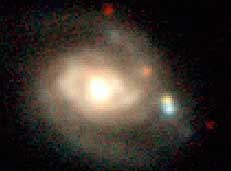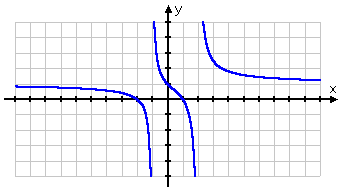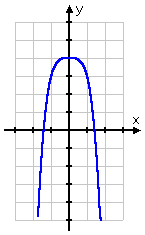Astronomy
The Life Cycles of Stars: How Supernovae Are Formed
| It is very poetic to say that we are made from the dust of the stars. Amazingly, it's also true! Much of our bodies, and our planet, are made of elements that were created in the explosions of massive stars. Let's examine exactly how this can be. |
Life Cycles of Stars
As the main sequence star glows, hydrogen in its core is converted into helium by nuclear fusion. When the hydrogen supply in the core begins to run out, and the star is no longer generating heat by nuclear fusion, the core becomes unstable and contracts. The outer shell of the star, which is still mostly hydrogen, starts to expand. As it expands, it cools and glows red. The star has now reached the red giant phase. It is red because it is cooler than it was in the main sequence star stage and it is a giant because the outer shell has expanded outward. In the core of the red giant, helium fuses into carbon. All stars evolve the same way up to the red giant phase. The amount of mass a star has determines which of the following life cycle paths it will take from there.

The life cycle of a low mass star (left oval) and a high mass star (right oval).
The illustration above compares the different evolutionary paths low-mass stars (like our Sun) and high-mass stars take after the red giant phase. For low-mass stars (left hand side), after the helium has fused into carbon, the core collapses again. As the core collapses, the outer layers of the star are expelled. A planetary nebula is formed by the outer layers. The core remains as awhite dwarf and eventually cools to become a black dwarf.
On the right of the illustration is the life cycle of a massive star (10 times or more the size of our Sun). Like low-mass stars, high-mass stars are born in nebulae and evolve and live in the Main Sequence. However, their life cycles start to differ after the red giant phase. A massive star will undergo a supernova explosion. If the remnant of the explosion is 1.4 to about 3 times as massive as our Sun, it will become a neutron star. The core of a massive star that has more than roughly 3 times the mass of our Sun after the explosion will do something quite different. The force of gravity overcomes the nuclear forces which keep protons and neutrons from combining. The core is thus swallowed by its own gravity. It has now become a black hole which readily attracts any matter and energy that comes near it. What happens between the red giant phase and the supernova explosion is described below.
From Red Giant to Supernova: The Evolutionary Path of High Mass Stars
 The two supernovae, one reddish yellow and one blue, form a close pair just below the image center (to the right of the galaxy nucleus) Image Credit: C. Hergenrother, Whipple Observatory, P. Garnavich, P.Berlind, R.Kirshner (CFA). | When the core contains essentially just iron, fusion in the core ceases. This is because iron is the most compact and stable of all the elements. It takes more energy to break up the iron nucleus than that of any other element. Creating heavier elements through fusing of iron thus requires an input of energy rather than the release of energy. Since energy is no longer being radiated from the core, in less than a second, the star begins the final phase of gravitational collapse. The core temperature rises to over 100 billion degrees as the iron atoms are crushed together. The repulsive force between the nuclei overcomes the force of gravity, and the core recoils out from the heart of the star in a shock wave, which we see as a supernova explosion. |
As the shock encounters material in the star's outer layers, the material is heated, fusing to form new elements and radioactive isotopes. While many of the more common elements are made through nuclear fusion in the cores of stars, it takes the unstable conditions of the supernova explosion to form many of the heavier elements. The shock wave propels this material out into space. The material that is exploded away from the star is now known as a supernova remnant.
The hot material, the radioactive isotopes, as well as the leftover core of the exploded star, produce X-rays and gamma-rays.
For the StudentUsing the above background information, (and additional sources of information from the library or the web), make your own diagram of the life cycle of a high-mass star. |
For the StudentUsing the text, and any external printed references, define the following terms: protostar, life cycle, main sequence star, red giant, white dwarf, black dwarf, supernova, neutron star, pulsar, black hole, fusion, element, isotope, X-ray, gamma-ray. |
Reference URLs:
Supernovae
http://imagine.gsfc.nasa.gov/science/objects/supernovae1.html
http://imagine.gsfc.nasa.gov/science/objects/supernovae2.html
http://imagine.gsfc.nasa.gov/science/objects/supernovae1.html
http://imagine.gsfc.nasa.gov/science/objects/supernovae2.html
Life Cycles of Stars
http://imagine.gsfc.nasa.gov/educators/lifecycles/stars.html
http://imagine.gsfc.nasa.gov/educators/lifecycles/stars.html





No comments:
Post a Comment